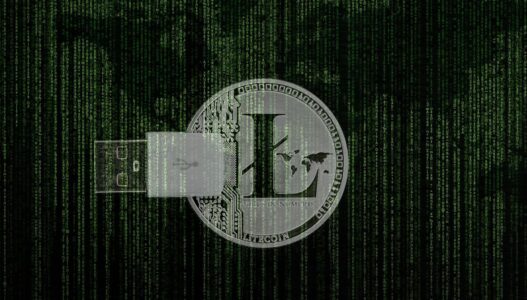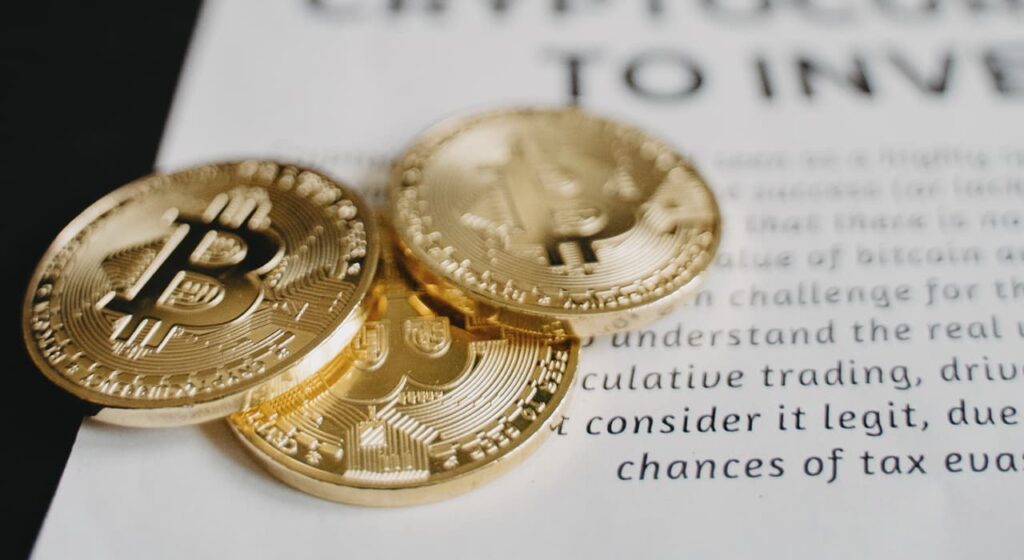Simply put, altcoins, of which there are already hundreds of varieties, act as improved alternatives to bitcoin. They offer users some solutions that the first cryptocurrency does not have. 99.999% of all modern cryptocurrencies can be attributed to altcoins.
After the success of bitcoin, enthusiasts began to copy the idea with minor changes and try to create a more popular independent digital currency. Nowadays altcoins are very different from each other. Their number is growing every day, and all of them are created to solve different problems.
The key reasons for the growing flow of new altcoins are decentralization and blockchain technology, which allows the creation of an unlimited number of new cryptocurrencies.
The nuances of
Altcoin developers are primarily trying to solve the problems that are present in bitcoin, even though the first cryptocurrency gets major upgrades from time to time.
Such shortcomings usually include:
Long transactions. Algorithms can be improved to speed them up.
Lack of anonymity. Additional encryption methods are used to make it harder to track the sender and receiver.
Expensive mining (the process of generating cryptocurrency using computing equipment). Altcoins offer alternative mining protocols that allow you to engage in it without complex equipment.
Insufficient functionality. Altcoins offer additional functionality, such as the creation of smart contracts.
In turn, the disadvantages of altcoins in general are similar to those highlighted for bitcoin:
Surging exchange rate fluctuations;
high dependence on bitcoin, the actions and decisions of governments, as well as the statements of popular figures (such as Elon Musk);
high risk of loss of confidence in the asset;
the risk of a ban on mining or owning cryptocurrencies in individual states.
Types of altcoins
Altcoins can be divided into three groups depending on their characteristics:
Unique altcoins. These are altcoins that have exclusive technologies that bitcoin does not have. For example, Ethereum with smart contracts, IOTA with directed acyclic graph (DAG) technology, or Dash with the ability to transfer funds via SMS.
Stablecoins. They are designed to hedge financial risks. The exchange rate of stabelcoins is tied to the exchange rate of the currencies (assets) for which they are issued. The most popular stabelcoin is Tether, which is pegged to the U.S. dollar at a 1:1 ratio. Thus, a user of cryptocurrencies gets an opportunity to exchange their existing altcoins for Tether, thereby fixing the value of altcoins in U.S. dollars on a certain date. In other words, they are a kind of digital safe havens, or assets protected from volatility.
Anonymous altcoins. These are confidential cryptocurrencies aimed at users who want to hide their digital assets and personal data from prying eyes. They encrypt the very movement of funds, allowing their movement from sender to recipient to be kept secret. This type of altcoin has drawn the strongest criticism from global governments and financial regulators, who call it a tool for money laundering and terrorist financing.
Practice
Due to the difficulty of mining the first cryptocurrency, industry representatives are increasingly preferring to mine more “light” altcoins. Despite their cheapness, for a certain period of time it is possible to mine a sufficient number of coins, getting a good profit and increasing investments. At the same time, the distance between altcoins and bitcoin is gradually shrinking.



